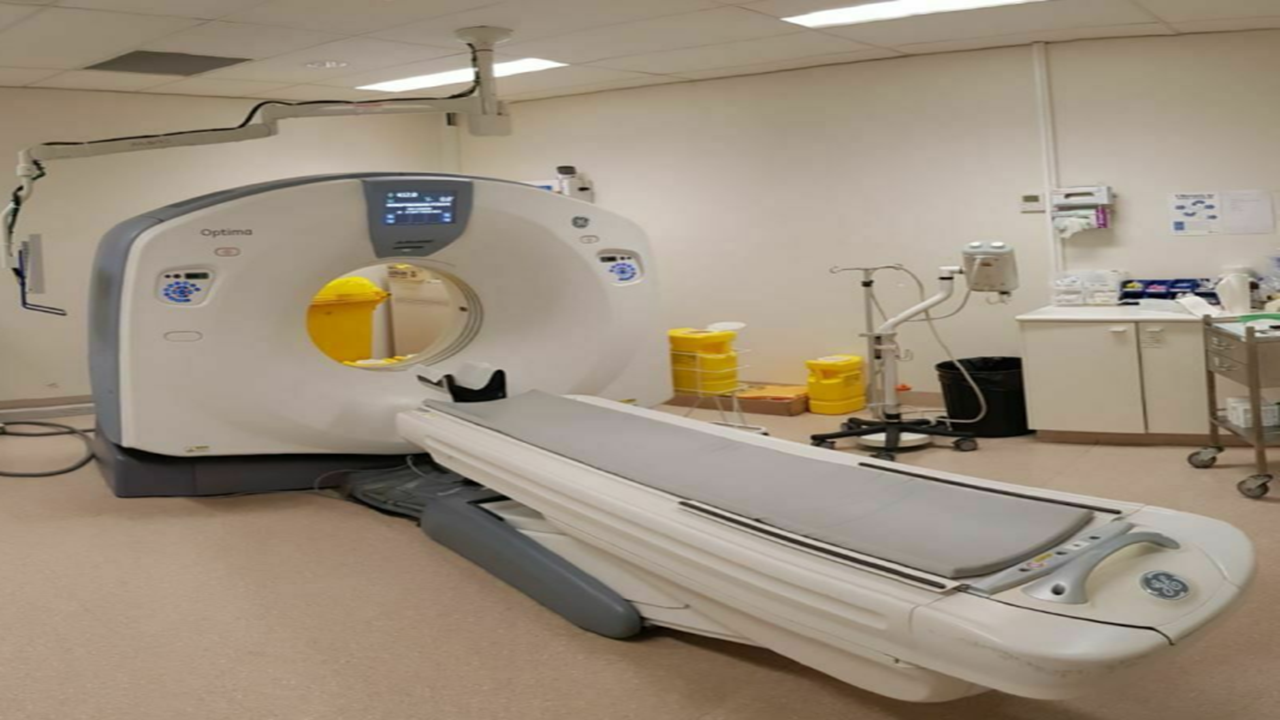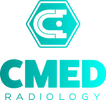
How CT Scan Machines Are Shaping the Future of Healthcare
How CT Scan Machines Are Shaping the Future of Healthcare
Modern healthcare delivery today would be near impossible without advanced diagnostic instruments. There are many advanced diagnostic instruments but among them, the CT scan machine is the most traditional biological instrument used in medicine. Co\, M\ for Computed Tomography, CT scans are X-ray exams that create cross-sectional pictures of the body using a computer, which are useful in many health ailments.
This blog discusses in detail the mechanism, benefits, and practicality of CT scan machines so that you can understand why they are important in today's society.
What Is A CT Scan Machine Designed For?
A CT scan machine is an advanced medical instrument that merges X-ray pictures of the internal organ structure and uses computer processing to generate 3D images. Ordinary X-ray images are two-dimensional, which makes it hard to assess the degree of the condition accurately, but CT scans provide more reliable images.
The machine has a radiating X-ray source and an array of X-ray detectors. The patient is positioned on a table, which slides in and out of a circular opening, and X-rays are taken at many different angles of the patient. The computer processes the pictures and communicates cross-sectional intervals or “slices” of the image architecture that can be examined separately or put together and viewed in three-dimensional form.
What Is The Working Principle Of A CT Scan Machine?
The process involved during the CT scan can be simplified into three stages.
Separation: The subject lies on a mobile drive and may be injected with a contrast agent for better visibility of certain anatomic structures.
Imaging evaluation: The ring-shaped head or gantry rotates in a horizontal plane and generates radiation in the form of X-rays, which pass through the patient's body.
Sensors receive the rays after they’ve traversed the patient.
Image Reconstruction: Information collected is processed by sophisticated algorithms to produce high-resolution images of the specific part of the body.
Applications of CT Scan Machines
One of the most important reasons why CT scan machines find loads of favor in the medical field is their multifunctional capabilities and these machines do have many uses such as:
Injury and fracture evaluation: The CT Scan makes possible the imaging of bones in cross-sections. This makes it easier for the doctors to see fractures and other injuries.
Oncology: These scans also play an important role in locating and tracking the development of masses and evaluating the effectiveness of treatment.
CT Angiography circulatory system examination: This method involves the use of a CT apparatus for the study of blood vessels and diagnosing their occlusions or extensional bulging.
Cerebral CT: Brain CT scans assist with the assessment of intracerebral hemorrhagic stroke, traumatic brain injury, and other diseases of the nervous system.
Pathology: They serve the purpose of detecting health problems, for example, infections in the chest (pneumonia) or abdomen (pockets of pus).
Benefits of CT Scan Machines
Risks Involved in Medical Procedures: CT scans present no risks to the patient as they are non-invasive.
High Accuracy:The benefits of a CT scan are mainly due in part to the ability to obtain better-quality pictures. Patients can expect to receive diagnoses with greater accuracy.
Fast Services: The entire procedure of scanning takes a very short time and thus can be able to do it even in emergency situations such as with an accident patient.
Versatility: A CT scan can examine the skeletal, muscular, and vascular systems in one scan.
Prevention: Treatments delivered by CT scans are effective early on—before conditions escalate out of control and become difficult to treat.
Advancements in CT Scan Technology
In the past years, fewer than a decade of advances in appropriate science have brought improvements in the working machines of CT scans.
CT Scans are performed with radiation exposure limits: current devices have leveled digital imaging technologies however improved image results have not compromised patient safety requirements.
High-Speed scanning: The weaving scanning technique cuts down on breath-holding in the patient for sharking comfort.
TC-CT Scanners: This technique is more informative, as it provides images obtained at two different energy levels.
AI Availability: Artificial intelligence is also utilized to improve imaging reconstruction and thereby increase the diagnosis’ precision.
Safety and Hazards
Generally, CT scans are considered safe, but it must be noted that ionizing radiation is involved in the scan process. However, the advantages generally prevail the disadvantages, especially when the diagnosis is critical. Also, it is to be appreciated that technology has come a long way in terms of limiting the dose of radiation. It’s important to remember that CT scans should not be used indiscriminately and safety measures should always be taken.
Factors to Consider When Choosing A CT Scan Machine
CT scanners are more than just machines to take images of the body, most healthcare facilities/diagnostic centers have several things to consider before buying any of the available machines.
Quality Of Images: Precisely, high-quality of images is needed for good diagnosis.
Patient Satisfaction: The use of machines that have faster laser scanning and noise suppression enhances the patient's comfort.
Radiation Exposure: Low radiation CT machines are less harmful to the patients and especially to children and patients who undergo many procedures.
The Cost and Maintenance: This aspect is important for long-term use of CT where the costs incurred and machine maintenance are taken into account.
The Future of CT Scan Machines
The future of CT is bright due to the inventions targeted for improvements in imaging quality and safety of the patient. AI diagnostics, portable C. T machines, and a further decrease in the dosage of radiation are some of the expected innovations. C.T. Scan machines will always remain an integral part of healthcare systems.
Conclusion
CT scan devices have revolutionized the medical field by allowing doctors to take a closer look at the human anatomy. In medicine, for instance, the ability to visualize internal human body structures is vital from the detection of hazardous medical disorders to the performance of intricate surgical procedures. With every new invention, the age of medical robotic systems will embrace permeation of their widespread utilization to benefit patients anywhere and most effectively.
There could also be another angle which is an even more pragmatic understanding of CT scan apparatus and its functions and their place in the healthcare system. For such healthcare facilities that care for their patients and are prepared to offer them all the best imaging possibilities available, the purchase of a high-end CT scan modern apparatus becomes a necessity.

